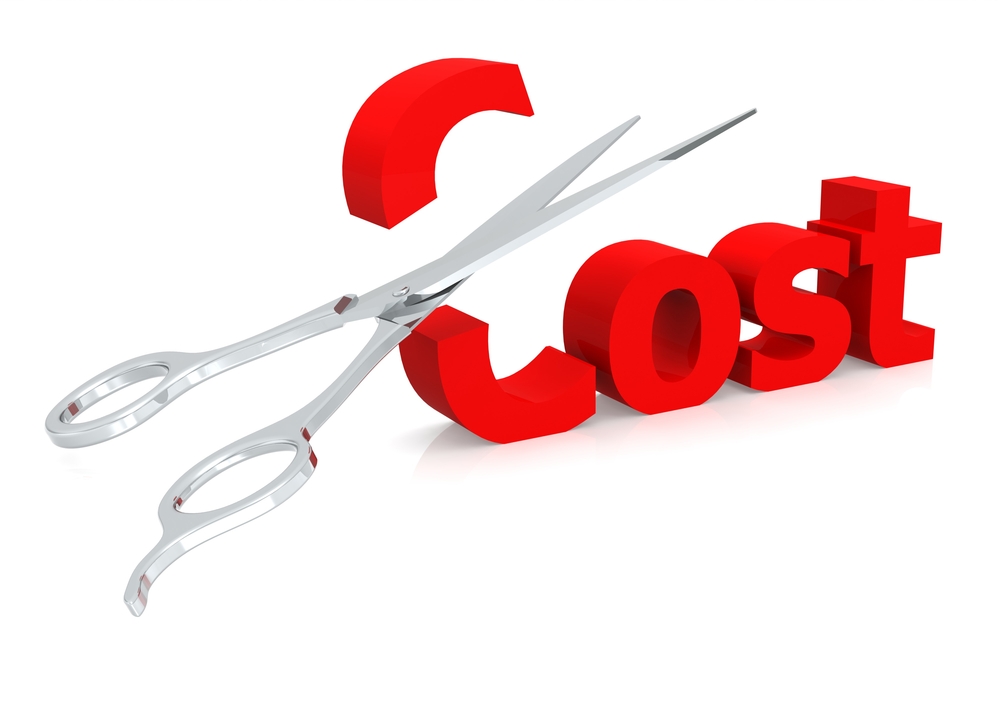When investing in advertising strategy for your business and planning a budget, there are several ways to allocate your funds effectively.
According to the U.S. Small Business Administration, the recommended figure is spending 7-8% of business earnings on advertising if your business makes less than a $5 million income.
Here are some tips on how to efficiently plan an advertising budget.
Post Contents
Before You Spend
Understanding your business’s unique strengths and weaknesses is the first step toward building and maintaining a successful advertising budget, then creating a goal/plan of action.
Don’t be afraid to evaluate effective (and ineffective!) strategies and tweak them as you go.
You’ll want to identify which avenues are the most viable for your business and even worthy of investment before you spend anything.
Is there a particular time of year where people are more likely to purchase your product or service? Was there an email marketing campaign that did fantastic in the past?
Had a complete flop of a social media takeover? Take note!
What’s a Realistic Picture When it Comes to Operation Costs?

While dreaming big is a great virtue, and definitely something to be encouraged, staying realistic – especially when it comes to “numbers” is more important than you think.
So needless to say, evaluating and re-calibrating operational costs would be a smart step.
Like in most budget-related cases, creating a spreadsheet should be step #1. Here, you should include all your anticipated operational costs.
These costs may include professional fees, outsourcing fees, web hosting, sales tax etc. It might also be a smart move to set aside a budget for miscellaneous expenses that can fall into this category of operational costs – just to be on the safe side.
These diligently calculated essentials will help you get a more realistic picture of the resources you have at your disposal, which in turn will help you achieve your marketing goals.
Grow Your Brand

Social media can strengthen your brand and reach people who might not be as familiar with your business but who have the potential of becoming loyal customers. Certain information can provide precious figures when planning an ad strategy.
Pay close attention to the platforms most engaged with, demographics that most interact with posts, and ways to boost ads on each platform.
While some consider themselves social media savvy, it might be well worth your while to invest in the social media services of a business or individual.
They can help boost your business profile in incredible ways.
However, if you don’t allocate the funds at the appropriate time, you could end up on a shoestring budget at critical moments of the campaign or product launch.
Get Better Results

Furthermore, it’s important to mention PPC management (or Pay-Per-Click); much like incorporating proper SEO, this helps customers find your website to start with.
Since you’re essentially bidding on which keywords you want to be associated with and shown in those specific search results, this can end with a higher yield.
ROIs are better since you’re only paying if the customer actually clicks through to the site.
With web ad space, there’s the ever-present risk you run of alienating a potential customer when you run ads on sites.
However, a perfectly timed ad for a product on a site where the customer has come to expect such suggestions wouldn’t be such an offense.
This is one where you have to weigh your customer base carefully and act accordingly within your budget.
Think Outside The Box

Beyond the standard partnerships, sometimes marketing campaigns go viral from straightforward, ingenious tactics. If you can think of something wildly creative within your budget, all the better.
Partnering with apps, websites, and podcasts/radio shows has the option of expanding your reach tremendously, but not every business has the funds for those splashier campaigns.
Going after micro-influencers or smaller sites and podcasts can be a great way to get your foot in the door.
Not sure where to start? Asking your customers simple, straightforward questions such as, “if we had an Instagram page, what would you like to see?” or “what’s your favorite thing about us?” The answer might yield surprising results and brainstorming opportunities!
Specific business and advertising strategies won’t be immediately measurable or easy to quantify (like how many are seeing your billboard or print media and purchasing your product because of that).
Still, it’s worth to think of the impact they’re having.
With patience, tweaking, and sometimes just learning through experience, developing an advertising budget can be a challenge for any small business but a worthy challenge to tackle to increase and maintain your brand.






























